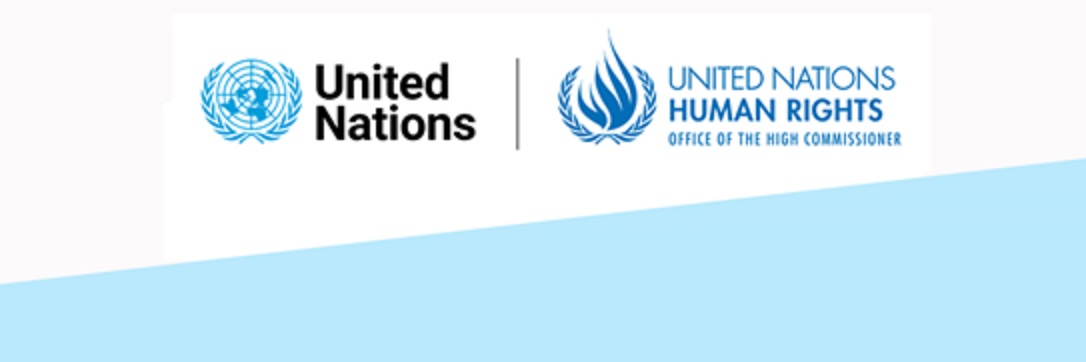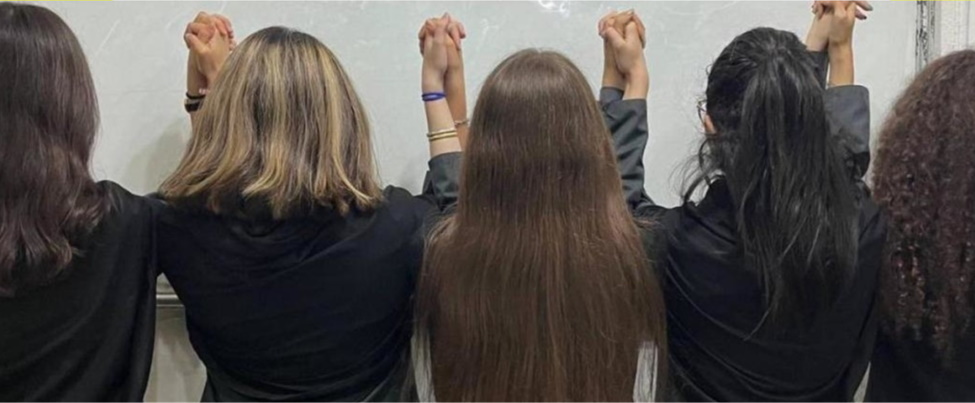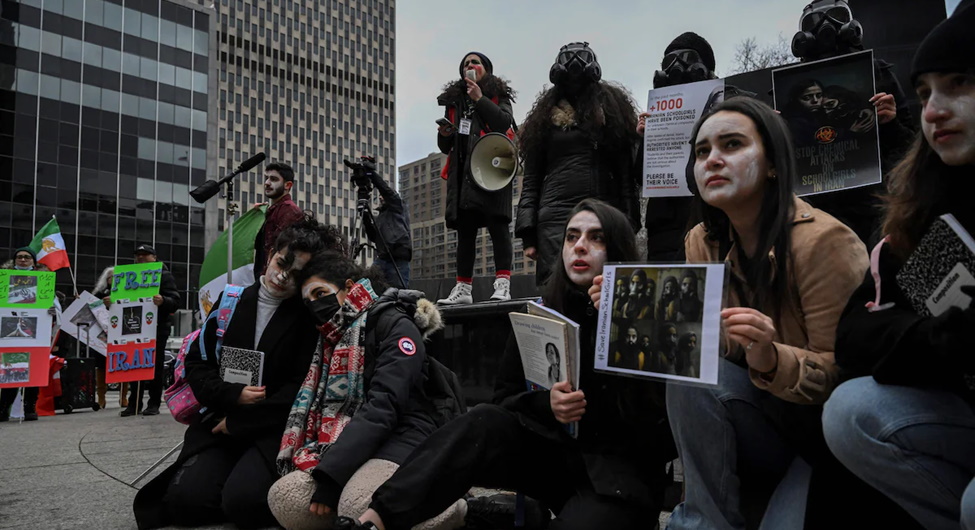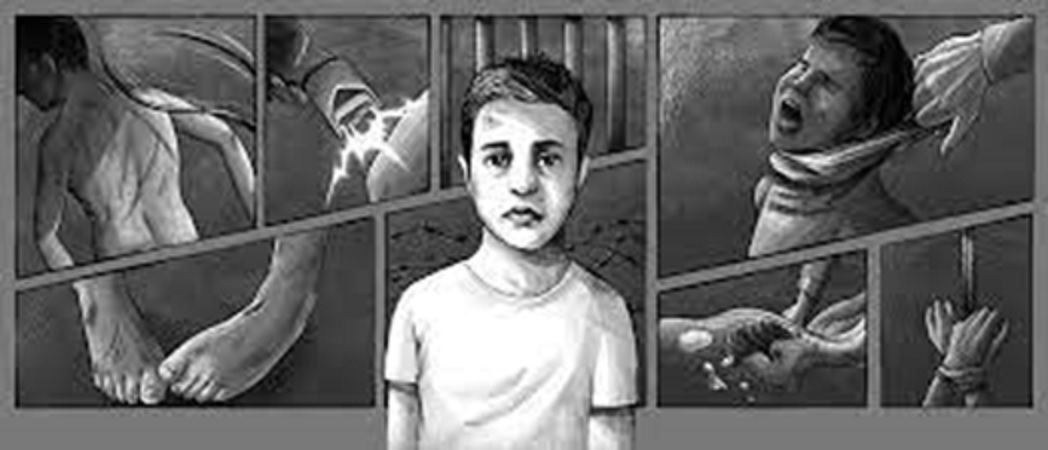March 13, 2024
Washington, DC – The United States Commission on International Religious Freedom (USCIRF) urges the U.S. government to support a United Nations (UN) Security Council referral to the International Criminal Court following the finding by a panel of UN-appointed experts that Iran’s crackdowns on protests against mandatory hijab and other religious freedom violations amount to crimes against humanity. Last week, the Independent International Fact-Finding Mission on the Islamic Republic of Iran determined that this repression “intersects with discrimination on the basis of ethnicity and religion.”
“The Fact-Finding Mission’s determination reflects meticulous consideration of the evidence of the Iranian regime’s egregious violations of religious freedom, many of which have explicitly targeted women and girls,” said USCIRF Commissioner Eric Ueland. “The Biden administration must work with like-minded partners, including fellow members of the International Religious Freedom or Belief Alliance, to support the Mission’s investigation and hold accountable Iranian regime officials complicit in these crimes, including through Global Magnitsky sanctions, visa bans, and similar measures.”
The Independent International Fact-Finding Mission determined that “methods of torture of detainees from ethnic or religious minorities were particularly severe and brutal” and expressed concern over the “severe…violations of the rights of ethnic and religious minorities.” It also noted Iran’s use of vague legal provisions against insulting Islam to target religious minorities who peacefully asserted their freedom of religion or belief. Iranian authorities have used widespread sexual and gender-based violence against religious freedom protesters as a tool of repression.
“The Iranian government relentlessly violates women’s religious freedom and targets any individual who supports freedom of religion or belief in the country. USCIRF applauds the U.S. government’s support for the international efforts to hold Iran accountable for its heinous acts,” said USCIRF Commissioner Stephen Schneck. “USCIRF also urges Congress to reauthorize the bipartisan Lautenberg Amendment, a family unification program that provides a life-saving path to resettlement in the United States for persecuted Iranian religious minorities.”
In its 2023 Annual Report, USCIRF called on the U.S. government to support the UN Independent International Fact-Finding Mission on Iran and its important work. In September 2023, USCIRF published a report detailing Iran’s crackdown on peaceful protesters and outlining a new law that further restricts women’s freedoms on the basis of religion. In May 2023, USCIRF held a hearing on transnational repression of religious minorities, including by the government of Iran.
The U.S. Commission on International Religious Freedom (USCIRF) is an independent, bipartisan federal government entity established by the U.S. Congress to monitor, analyze, and report on religious freedom abroad. USCIRF makes foreign policy recommendations to the President, the Secretary of State, and Congress intended to deter religious persecution and promote freedom of religion and belief. To interview a Commissioner, please contact USCIRF at media@USCIRF.gov










